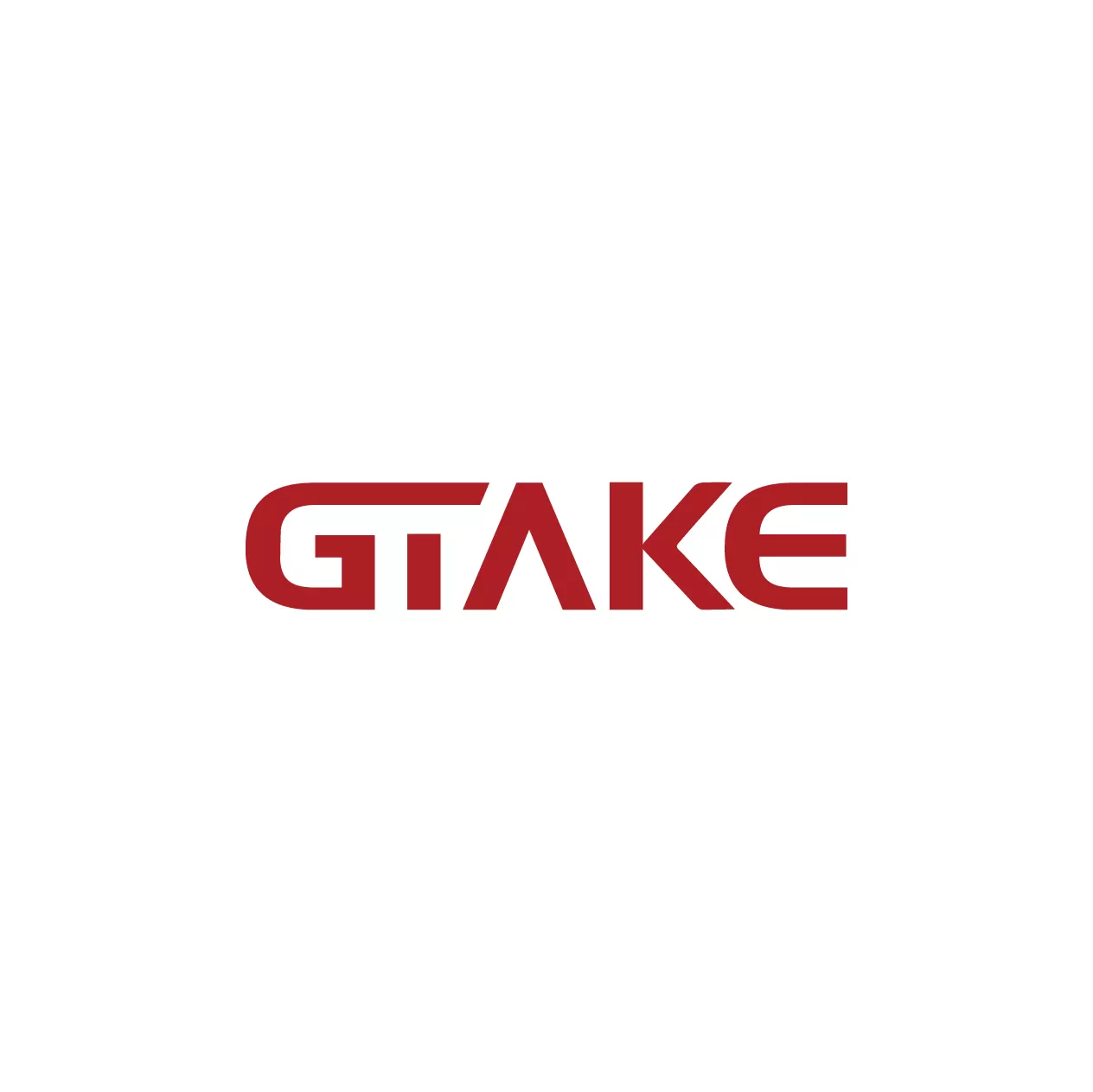
GTAKE specializes in designing and producing innovative AC drives (also known as variable frequency drives), electric vehicle motor controllers, bidirectional DC sources, and test rigs with advanced control algorithms and cutting-edge technology, delivering optimal performance and reliability for industrial automation and new energy applications.
A VFD drive (Variable Frequency Drive) is a sophisticated device designed to control the speed, torque, and overall performance of electric motors by adjusting the frequency and voltage supplied to the motor. VFD drives are widely used across various industries, offering substantial benefits in terms of energy efficiency, operational control, and equipment longevity.
This article provides a comprehensive overview of what a VFD drive is, how it works, its key benefits, and its applications in different sectors.
A VFD drive is an electrical device that adjusts the speed and performance of an AC motor by modifying the frequency of the electrical supply. The primary goal of a VFD drive is to enable motors to operate efficiently under varying load conditions, reducing energy consumption and wear on mechanical components.
VFD drives are integral in many applications where motor speeds need to be adjusted based on changing load conditions, such as fans, pumps, conveyors, compressors, and HVAC systems.
A VFD drive works through the following steps:
1. Speed Control:
VFD drives provide precise control over motor speed by adjusting the frequency of the electrical supply. This allows for smooth acceleration and deceleration, reducing mechanical stress and energy consumption.
2. Energy Efficiency:
By adjusting motor speeds to meet actual demand, VFD drives can significantly reduce energy usage compared to running motors at constant speed. This is especially beneficial in applications such as HVAC systems, where the speed of fans and pumps needs to adjust depending on load conditions.
3. Soft Start/Stop:
VFD drives offer a “soft start” feature, which gradually ramps up motor speed to prevent sudden electrical surges. Similarly, they also allow for soft stopping, preventing sudden deceleration that could damage the motor or connected components.
4. Protection Features:
VFD drives are typically equipped with various protection features, such as overcurrent protection, under-voltage protection, and thermal protection. These features help safeguard the motor and drive from electrical faults, ensuring longer service life and reducing downtime.
5. Regenerative Braking:
Some VFD drives include regenerative braking functionality, which allows the motor to recapture energy during braking and feed it back into the system, enhancing energy efficiency.
6. Motor Protection:
VFD drives protect motors by controlling the current and voltage supplied to the motor. They can also monitor the motor’s operating conditions, providing real-time feedback on performance and issuing alerts when the motor is in danger of overheating or operating outside of optimal conditions.
1. HVAC Systems:
VFD drives are widely used in HVAC (Heating, Ventilation, and Air Conditioning) systems to control the speed of fans, pumps, and compressors. This allows for efficient operation, reducing energy consumption and maintaining optimal environmental conditions in buildings.
2. Water and Wastewater Treatment:
In water treatment plants, VFD drives are used to regulate the speed of pumps, aerators, and other equipment. By adjusting motor speeds based on demand, VFDs help conserve energy and improve the efficiency of the water treatment process.
3. Industrial Manufacturing:
In manufacturing plants, VFD drives control motors for various machines such as conveyors, CNC machines, and robotics. The ability to adjust motor speed helps optimize production processes, enhance product quality, and reduce operational costs.
4. Fans and Pumps:
VFD drives are essential for controlling the speed of fans and pumps used in industries such as mining, oil & gas, and chemical processing. These applications require precise motor control to optimize performance and reduce energy usage.
5. Elevators and Escalators:
In elevators and escalators, VFD drives provide smooth acceleration and deceleration, ensuring a safe and comfortable ride for passengers. The use of VFD drives also helps reduce energy consumption by adjusting motor speed based on load.
6. Conveyors and Material Handling:
In material handling applications, VFD drives control the speed of conveyors, cranes, and hoists. The ability to adjust speed based on load conditions ensures efficient and safe operation, improving throughput while reducing wear and tear on mechanical components.
7. Electric Vehicles (EVs):
In electric vehicles, VFD drives are used to control the speed and torque of the electric motor, providing smooth acceleration and deceleration. VFD drives also contribute to regenerative braking, helping to extend battery life and improve vehicle efficiency.
When selecting a VFD drive, consider the following factors:
A VFD drive is a versatile and essential component for controlling motor performance in various applications. By providing precise control over motor speed, improving energy efficiency, and reducing wear on mechanical components, VFD drives offer substantial operational benefits across industries such as HVAC, manufacturing, water treatment, and transportation.
Whether you’re looking to optimize energy usage, reduce maintenance costs, or improve overall system performance, a VFD drive offers the flexibility and control needed to meet the demands of modern industries.
